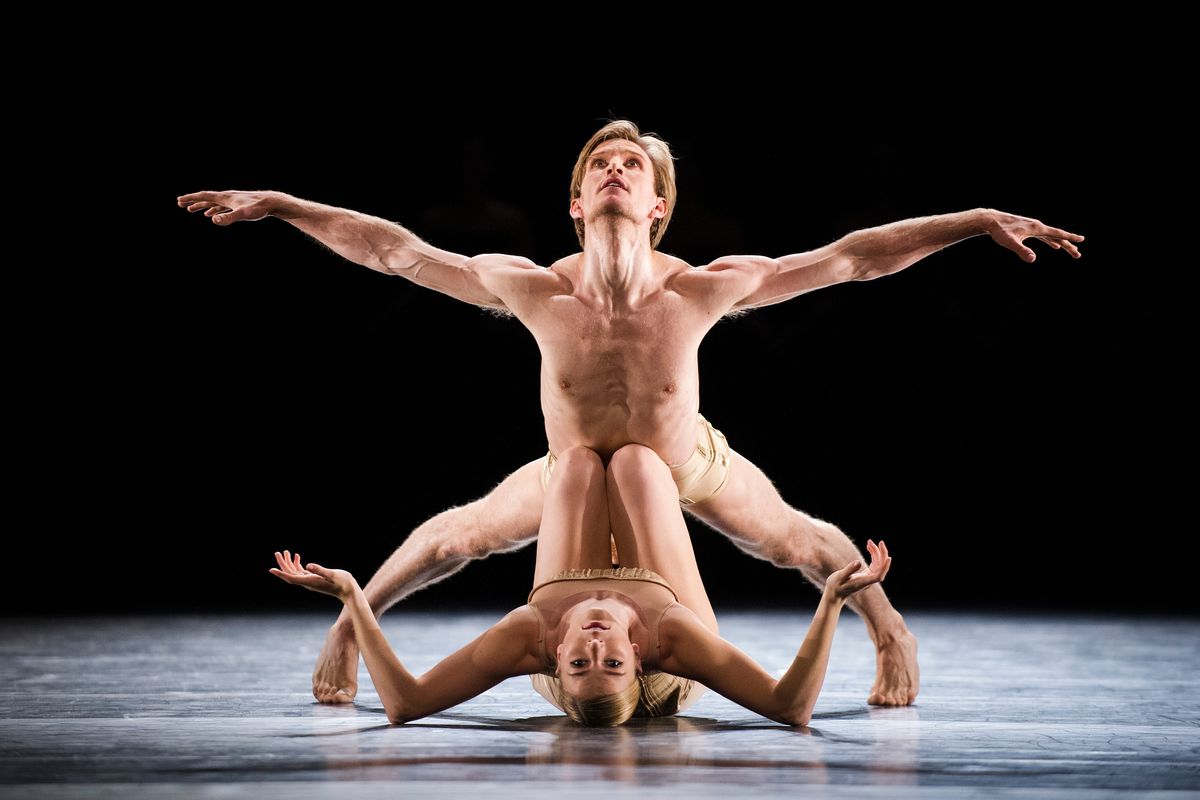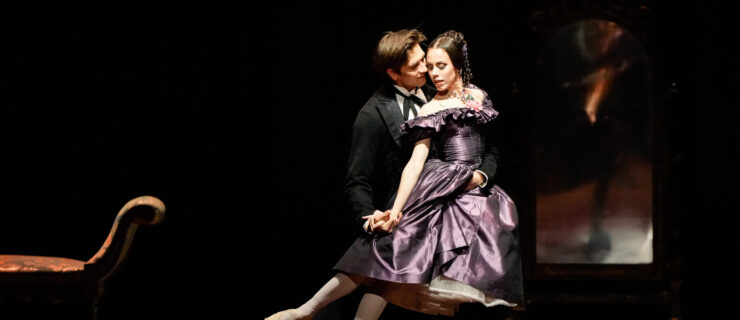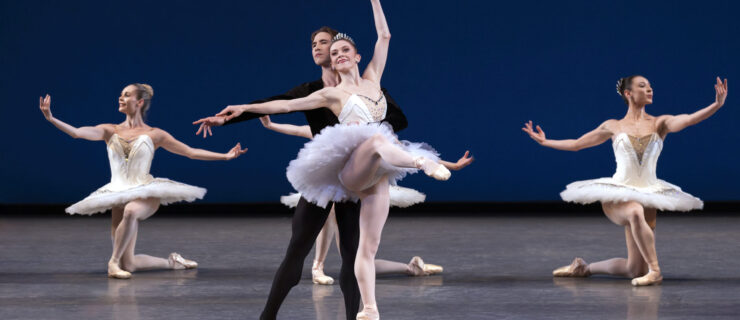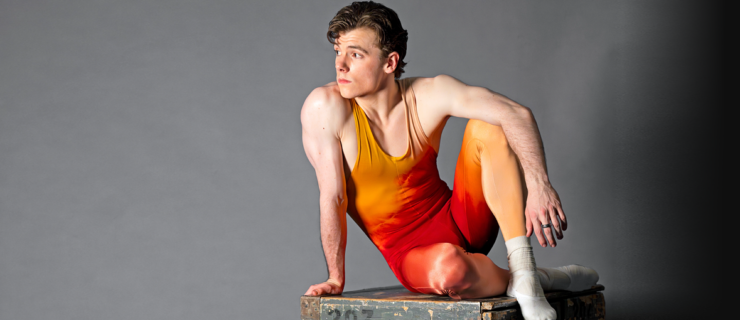Norwegian National Ballet’s Whitney Jensen on Mastering Jiří Kylián’s “Petite Mort”
As told to Gavin Larsen by Whitney Jensen
My first time dancing Petite Mort—or any ballet by Jiří Kylián—I was 17 and in the corps of Boston Ballet. I didn’t know it then, but the stager, Roslyn Anderson, was nervous about me doing it because I was so young. I was super-naïve and had never seen the ballet before, but I just tried to listen to Roz and emulate what she was describing. She said that she knew I could do it when I applied every single one of her corrections after our first rehearsal.
I feel like Kylián’s movement fits my body; I don’t feel any struggle. It doesn’t have that pizzazz-y feeling of other ballets; you’re not showing off. It is so internal, and that’s why I fell in love with it. I’ve done two parts in Petite Mort, and each is a totally different experience. When I was 17, I danced the pas de deux immediately after what we call the “dress dance” (the women use large, black dresses as props), which people say is representative of young love. Here in Oslo, I did the pas de deux at the end of the first movement, right before the dresses appear. It’s more up-tempo. My partner and I never interact face-to-face. He’s behind me, or trying to catch me, and I run away as if trying to escape. We end in this iconic pose on the floor with my partner balanced on my legs. We feel like maybe it’s one of those relationships you’re unsure of, but eventually you just let go and embrace it. Since I tend to throw all this power forward in my dancing and punch things, the challenge for me here is to remain on the backseat and keep it internal. It has to have lightness and moments of stillness.
 Jensen in “Petite Mort” at Boston Ballet with Boyko Dossev. Photo Courtesy Jensen.
Jensen in “Petite Mort” at Boston Ballet with Boyko Dossev. Photo Courtesy Jensen.
Whenever I do Kylián’s ballets, I try to go into rehearsal without any pride. It’s so important to be receptive to the stagers’ descriptions of how to do a step, the detail, the essence. It may need to be heavier, have more density—or sometimes it’s light as a breath. You’re a part of the movement, not just doing a step. Everything is a weighted balance between you and your partner. It doesn’t need to be pushed. I worked with Kylián himself last fall, and it was the experience of a lifetime. He showed us details in phrasing, often using noises to show where to put impetus. He also wanted us to accept the lighter part of it, to see that there is some humor.
Performing Kylián feels different than other ballets. I get nervous beforehand because they’re so special, but onstage I feel calm, like the choreography is a part of me. I feel completely in my element, and incredibly happy.
Tip:
My advice for dealing with props (like the swords in Petite Mort) is to stay aware, because anything can happen. The Kylián stagers say if you drop one, just pick it up and keep going—it’s not the end of the world.






